Do you find creepy crawlies fascinating? Or maybe a bit scary? Insects can be many things, and they are many! From a photographer’s perspective, they offer countless opportunities to learn about photography, your gear, and the critters themselves. In this article, I hope to share some of my love of these critters and some insect photography tips to inspire you to enjoy this buzzing, chirping, stridulating treasure trove.

Morning mantis.
Why on Earth Should I Photograph Insects?
Insects are the most diverse and numerous animals on the planet. While this may not seem like the most wonderful fact in the world to everyone, it’s a boon for people who like photographing insects.
As I’ll try to demonstrate, it’s not only incorrigible insect chasers who can benefit from this abundance. Anyone who enjoys or wants to learn macro photography, who is looking for inspiration in nature, or who likes to tell a story with their photography is in luck.

Insects come in many sizes and all colors.
Opportunity is everywhere
Anyone can photograph insects. Not only are they easy subjects to find, they are also amazingly diverse in appearance, behavior, and habitat. You never have to go far to find something interesting to photograph.
Insects offer a great opportunity for different kinds of photography, from scientific documentation to abstract art. So if you’re ever running out of photography ideas, insects are a great way to get back into it.
Photographing them can reveal whole new worlds: you might find unexpected beauty in a grasshopper’s patterns and new perspectives in an ant colony’s activities.

The delicate lacewing.
On top of being a very varied group of animals, insects also have a lot of variety in their individual lives. Fluffy, colorful caterpillars turn into stunning butterflies; chubby grubs turn into formidable beetles; alien underwater nymphs turn into whirring dragonflies.
The possibilities for the eager photographer are virtually endless. So are you ready to try it out? All you need is your camera, some time, and a big bucket of patience.

Insect life cycles are fascinating! To the left is a dragonfly next to its old nymphal skin, to the right the ootheca (egg mass) of a mantis.
How to Photograph Insects
I’m going to focus specifically on how to photograph insects. There are a lot of great articles about macro photography in general and other relevant aspects of photography, like natural lighting vs. flash photography, good settings to know about for macro, and nature photography.

A close view of a dragonfly’s back.
First, you need to find them
The first step is to find the insects. If you’re happy with just any insect, this is very easy. You just need to go outdoors and wait for a while – some insects will even come to you!
It’s a good idea to spend some time thinking about when and where you want to take photographs. Both location and timing will affect not only the quality of light, but also the kinds of insects you’re likely to find, and their activity levels.

This mantis came to hang out with me next to the swimming pool.
In terms of timing, a good general rule is to aim for a time when it’s cool and the sun isn’t out since the cold will make insects slow. This can be early in the morning or around sunset, in spring or fall, or on an overcast day.
The light conditions may not be optimal at this time, but this is when you want to be out shooting if you don’t want your subject to fly off or run away immediately. Of course, only photographing insects when it’s cold outside means you’ll miss out on normal parts of their life, like flight, mating, feeding, and pollination.

Some insects really are nicer when they’re a bit sluggish, like these wasps.
The location depends a lot on what you want to photograph. You can find a lot of different insects in a garden, field, or forest, but if you’re hoping for something specific you’ll need to learn about that insect and its behavior.
Remember to also think about the background and how it will look in the picture!

Locust and mantis.
If you’re really eager about photographing insects, there are many methods you can experiment with.
For instance, the easiest way to photograph nocturnal insects like moths is to set up a light outdoors, next to a white or light-gray wall or sheet. Turn on the light in the evening before you go to bed, and wake up around 2 or 3 am to see all the fun creatures that have appeared. Remember not to do this too often so you don’t disturb them too much.

The larva on the left found the net before I found it. The moth on the right was photographed in the middle of the night during a biology field course.
You can also catch insects with a net, put them in a glass jar and photograph them there, or even put them in the fridge for a little while to slow them down. I only recommend doing this if you know what you’re doing and you feel it’s worth it.
The insects would probably rather be somewhere else than your fridge. Remember to release them afterward!
Tools of the trade
The camera equipment needed really depends on what kind of photos you’re after. Insect photography can definitely be done with expensive tools in complicated ways, but it doesn’t have to be.
Since insects are generally small, it’s helpful to have a good macro lens or something comparable. But you can also make a great start without any special equipment. Some insects are pretty big and insect photos don’t always have to be close-ups!

Here, the insect is not the only subject, but it’s still essential to the photo.
What to focus on
So you’ve chosen the time and location, found your subject, and you have everything you need; all that’s left is to actually make the photo.
No matter what kind of photo you want – a portrait, an action photo, something abstract – there are a few things you should know about insects before photographing them.

This caterpillar is covered in hairs that can cause irritation when they come in contact with skin (or lungs!).
Insects’ behavior and senses are as variable as the insects themselves. Some of them may notice you way before you see them and flee. Some may not notice that you exist, Others may become aggressive if you behave a certain way.
Some insects see much more and more accurately than we do, while some barely see at all. Some smell with their antennae and some of them have ears on their knees.
They are as alien to us as we are to them, which is why you need a lot of patience, some knowledge of what you’re photographing, and an open mind.

Locusts have ears on their knees.
It depends on what kind of photo you want, of course, but a few things that are usually good to keep in mind are:
- Use a fast shutter speed if you want a sharp photo – insects can be very fast and they move a lot.
- Aim for a small aperture (large f-number) if you want to have more than just a tiny part of the insect in focus.
- If you’re photographing an insect in flight, try manual focus.
- Focus on the eyes, like with any other animal. You might find yourself mesmerized!

Even flies can have beautiful eyes!
Conclusion
Insect photography is such a broad topic that I had to leave many things out of this article, but I hope this basic introduction was able to provide you with some tips.
What do you think about insects? Have you ever photographed them? Feel free to share your best or most interesting insect photos as well as your tips in the comments below.
The post Insect Photography Tips – How to Capture Cool Critters appeared first on Digital Photography School.

Digital Photography School














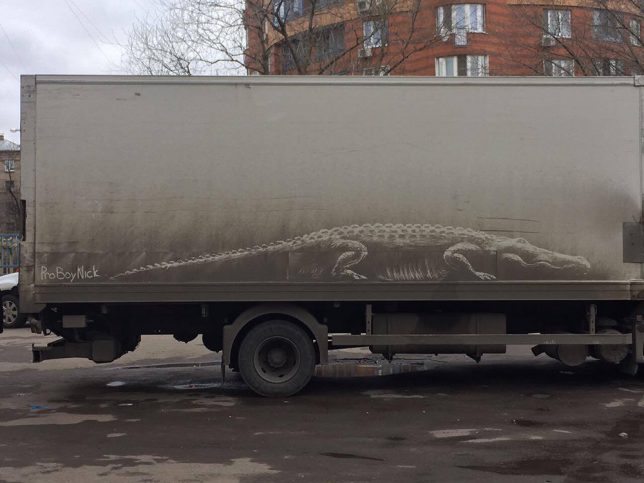

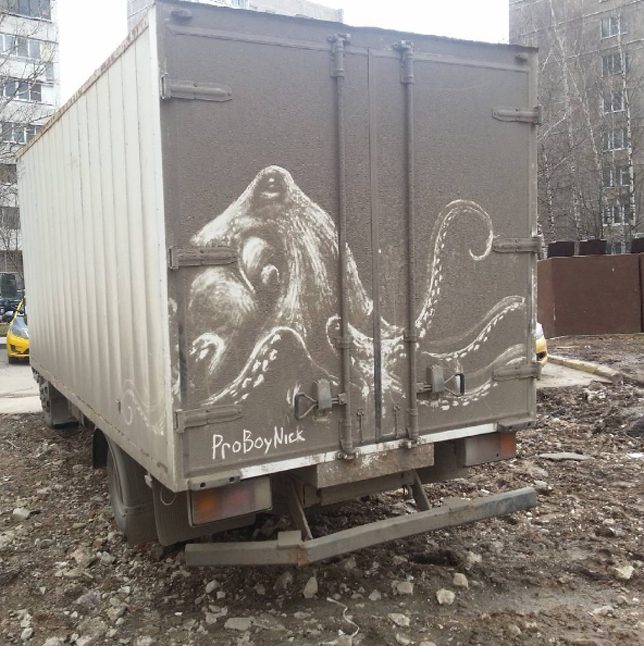


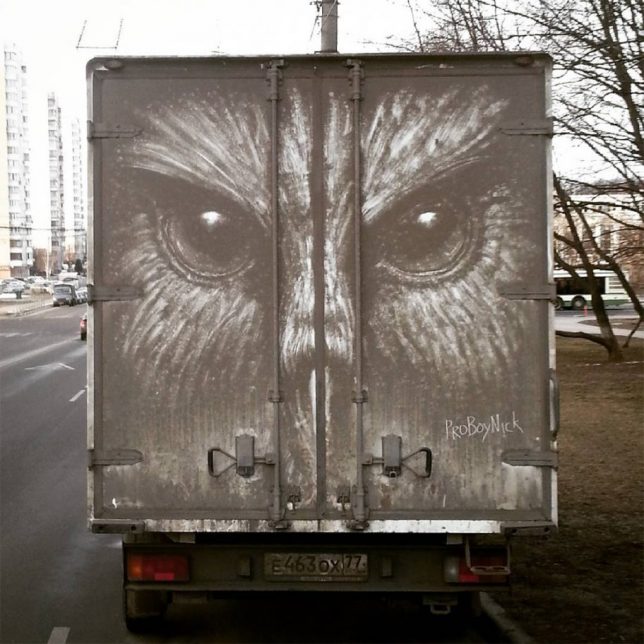






































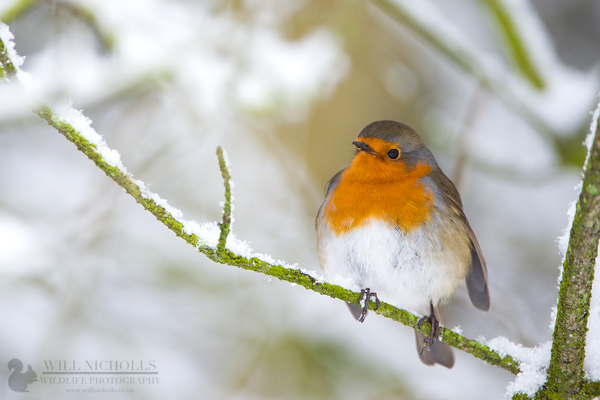

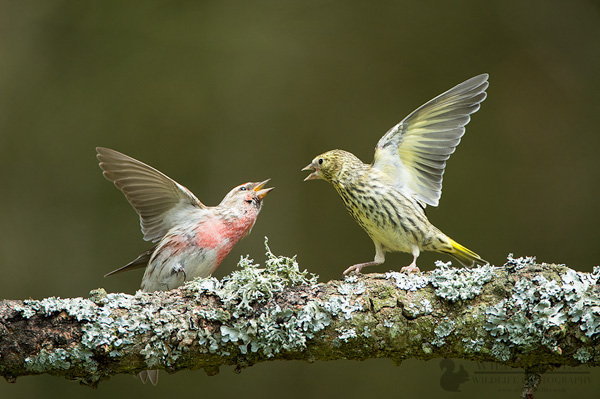
You must be logged in to post a comment.